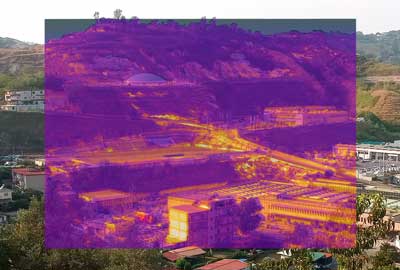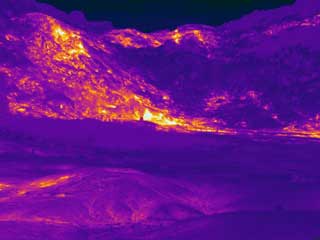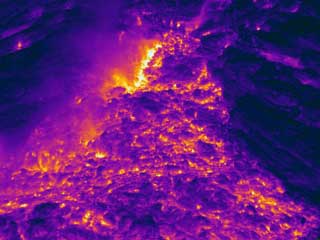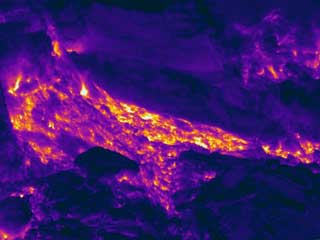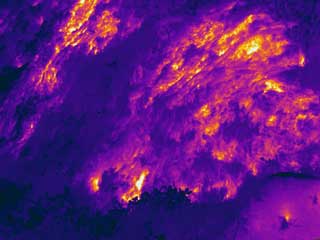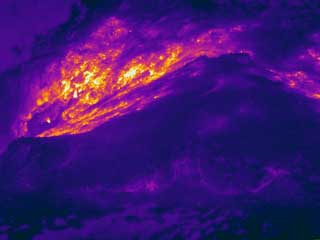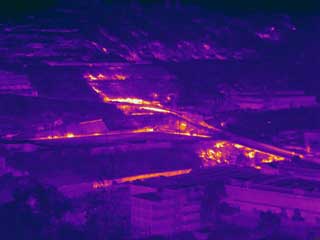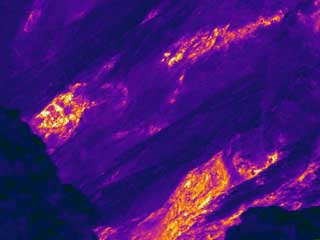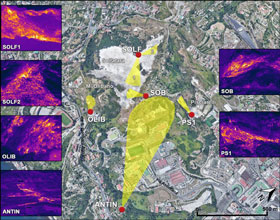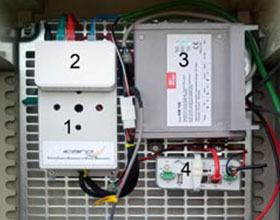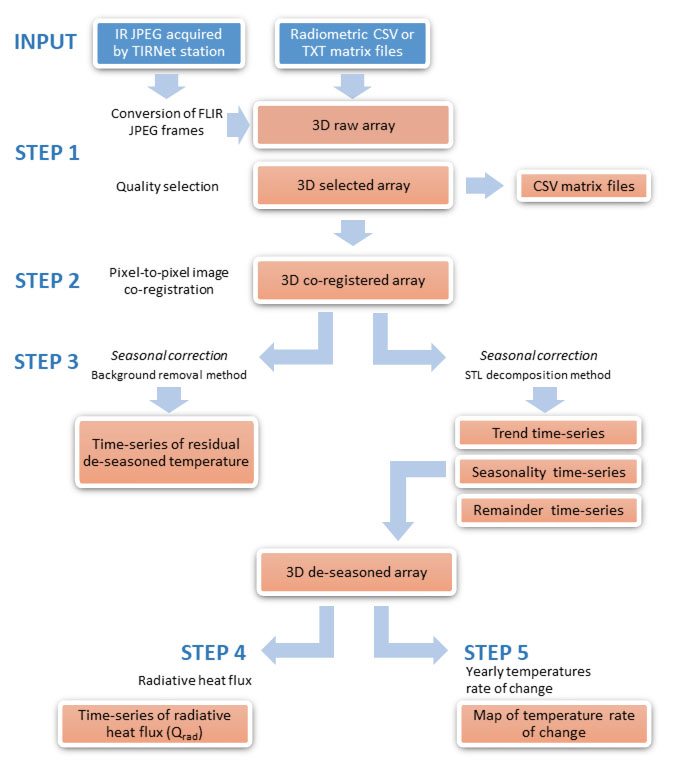Suggested
publications about TIRNet network
Sansivero, F.; Vilardo, G.; Buonocunto C. Development
of a Thermal Infrared Network for Volcanic and Environmental Monitoring
Hardware Design and Data Analysis Software Code. Sensors 2025, 25, 4141.
https://doi.org/10.3390/s25134141
Sansivero, F., Vilardo, G., 2024. Twenty Years
of Thermal Infrared Observations (2004–2024) at Campi Flegrei
Caldera (Italy) by the Permanent Surveillance Ground Network
of INGV-Osservatorio Vesuviano. Remote Sensing, 16(17), 3352.
https://doi.org/10.3390/rs16173352
Sansivero, F.; Vilardo, G., 2019. Processing Thermal
Infrared Imagery Time-Series from Volcano Permanent Ground-Based
Monitoring Network. Latest Methodological Improvements to
Characterize Surface Temperatures Behavior of Thermal Anomaly
Areas. Remote Sens., 11, 553.
https://doi.org/10.3390/rs11050553
Vilardo, G.; Sansivero, F.; Chiodini, G., 2015. Long-term
TIR imagery processing for spatiotemporal monitoring of surface
thermal features in volcanic environment: A case study in the
Campi Flegrei (Southern Italy). J. Geophys. Res. Solid Earth, 120,
812–826.
Sansivero, F., Scarpato, G., Vilardo, G., 2013. The
automated infrared thermal imaging system for the continuous
long-term monitoring of the surface temperature of the Vesuvius
crater. Ann. Geophys., 56, S0454.



